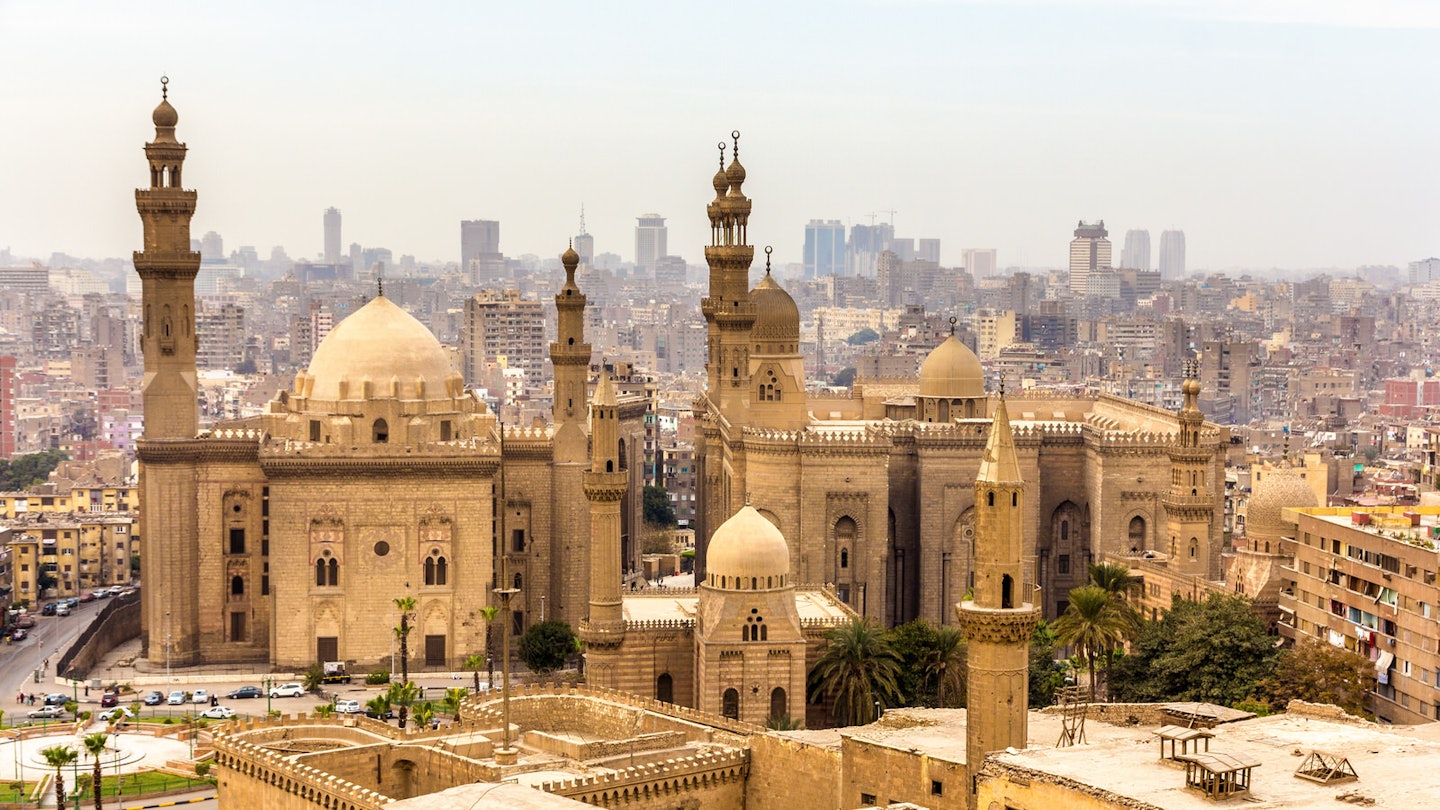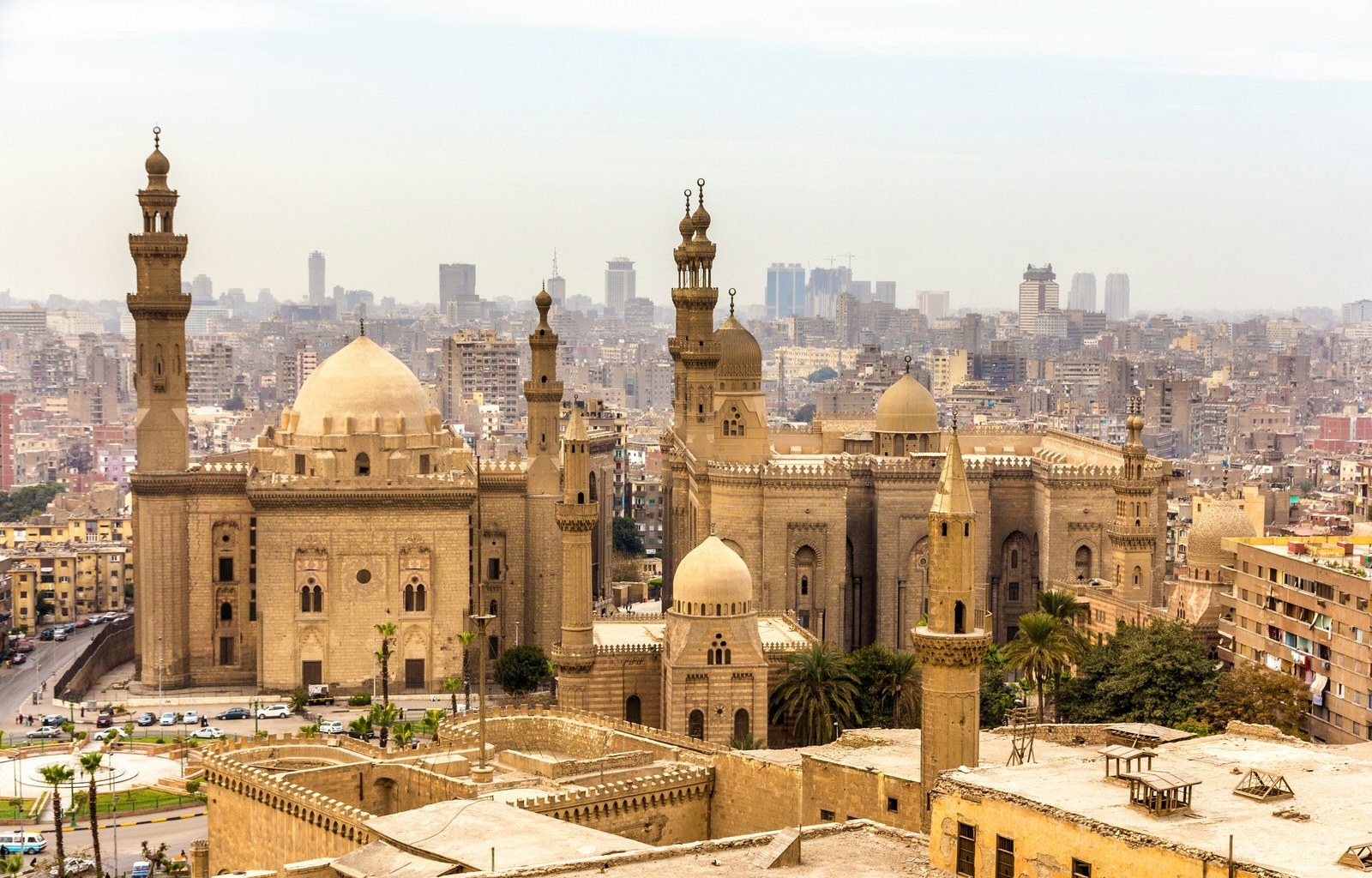
The 30 best countries, cities and regions to visit in 2025

Cairo’s heart is the walled city of Al Qahira (meaning ‘The Victorious’), where you can dive headfirst into the nerve centre of past empires with a stroll between its mausoleums, madrassas (colleges) and mosques. Of all the eras on display, it’s the Mamluk monuments built from 1250 AD that dominate. Follow the course of the Mamluks’ rise and fall through these four buildings, which chart the story of a slave warrior caste that turned the tables to take control.

Today visitors know this medieval district as Islamic Cairo. It was first built by the Fatimids (969-1171 AD) who claimed Cairo as their capital and then further embellished by the Ayyubids (1171-1250 AD) who knocked them off their perch. The Ayyubids made a fatal mistake while they were comfortably ensconced as rulers of Egypt. They beefed up their entire military retinue with Mamluks (slave soldiers) who would go on to wrestle them off the stage and seize Egypt for themselves.
It was all change along Sharia Al Muizz Li Din Allah in the early decades of Mamluk rule. Sultan Al Mansour Qalaun was Egypt’s seventh Mamluk ruler and the first to stamp his thumbprint upon medieval Cairo’s grandest street. Built in 1285, the Madrassa and Mausoleum of Qalaun is saturated with a flashy style that heavily nods to the richly decorated Byzantine buildings the Mamluks saw on their military campaigns in Syria. Stand within the mausoleum amid the dazzle of geometric designs carved from marble and stucco, which are laced by intricate mashrabiyya (wooden lattice screens) and lit by vast stained glass windows, to take in the full scope of Qalaun’s ambition. This was a ruler scraping away the past quite literally – this building sits atop the site of a Fatimid palace – and heralding in an era of lavish ornamentation that veers distinctly off-piste from Cairo’s earlier monuments.

Crane your neck upwards as you pass ant-like under vast arches and ponder the statement Qalaun was making. His career was launched as a slave-soldier in the Ayyubid sultan’s military, but he ended it as ruler rather than ruled. In a worthy afterlife face-off, Qalaun’s old Ayyubid owner, Sultan As Salih Ayyub, is buried directly across the road. Mosey over to his mausoleum to check out the much more restrained and austere decorative style of Egypt’s previous rulers.

Job security could be shabby for a Mamluk sultan. There were always a few people scheming in the wings, waiting to give you your marching orders and poor Sultan Hassan had it harder than most. The grandson of Sultan Qalaun became sultan at age 13, was deposed twice and was dead by the age of 27. This rather chequered biography is made up for somewhat by what he left behind. The Mosque-Madrassa of Sultan Hassan that he bequeathed Cairo is one of the city’s most spectacular mosques.
Today his mosque, decorated with red, white and black marble panels and adorned with a profusion of muqarnas (stalactite vaulting) is considered a masterpiece of Mamluk architecture. While standing amid the immense courtyard, you may wonder how a sultan so unimpressive ended up raising such a glorious building. Sultan Hassan had a bit of a lucky break money-wise during his reign. The Black Death broke out in Cairo in 1348, a year after he ascended to sultan, and as estates from plague victims automatically passed to the state, the royal coffers were full to overflowing. But all the money in the world wouldn’t have been enough to keep this sultan’s rule on track. Four minarets were originally envisaged in the mosque’s design, but the fourth toppled over as it was being built, killing 300 people. Straight away Cairo whipped into a superstition-stocked gossip frenzy that the collapse heralded Sultan Hassan’s demise. He was assassinated by his army commander just 33 days later.

One of the best places to take in the full sweep of the Islamic Cairo district’s minaret-studded skyline is from atop Bab Zuweila. Built in the 11th century under Fatimid rule, this gate marked the southern entry to the city. Today, it’s the only one of the original city gates that can be entered and explored. Above its arched entrance way, dressed in tawny coloured limestone, the flat roof is topped by two towers. During the Mamluk era, this platform, high above the dusty alleys, took on a more ceremonial role in the life of the city. Drummer boys climbed the steep stairs to the roof every evening to announce important emirs’ entry into the city, and Mamluk sultans puffed their way up here once a year to watch the departing procession of pilgrims to Mecca during the hajj. The gate’s twin minarets, built atop the towers, were added in the 15th century by Mamluk Sultan Al Mu’ayyad Shaykh, who also built the mosque that adjoins the gate’s left-hand side. Those with a head for heights can go one further than Mamluk sultans and drummers and tackle the minarets’ skinny spiral staircases, right up to the balcony for vertigo-inducing views over the bustle below.
Bab Zuweila also played a grisly role in Mamluk city life as Cairo’s main public execution space. Beheadings, hangings and being nailed to the gate’s door were popular methods of dispensing with criminals, dishonest merchants and Mamluks unfortunate enough to be on the losing side of the ruling dynasty’s many power struggles. The heads of the executed became macabre baubles, adorning the spikes above the gate. Bab Zuweila also provides the final full stop to Mamluk direct rule, as Tumanbay, the last Mamluk sultan, was hanged here by the Ottomans in 1517.

The Citadel was Cairo’s ruling HQ for 700 years. The Ayyubids’ first sultan Saladin fortified this ridge of the Muqattam Hills in 1176, and all the Mamluk sultans later called it home. Not much remains of their rule here except for the tranquil Mosque of An Nasir Mohammed, but the Citadel is important to Cairo’s Mamluk history as it provides the showdown that finally obliterated their power. Although the last sultan had been hung from Bab Zuweila’s gate in 1517, the ruling class of Mamluk beys (local governors) continued to wield a considerable amount of influence, acting as general thorns in the side, through both Ottoman rule and the short period of Napoleon’s French occupation of Egypt. Mohammed Ali Pasha put an end to all that here at the Citadel in 1811.

Head up to the Citadel terrace, and you’ll be rewarded with one of Cairo’s best views, with the cityscape spreading out to the dusky silhouettes of Giza’s Pyramids on a clear day. Look away from that view for a minute to peer down into the narrow passageway that led to the Citadel’s (now closed) Bab Al Azab entrance. It was here that Mohammed Ali, having convinced all of Egypt’s 470 Mamluk beys to parade their way into the Citadel for a slap-up celebration banquet, had his troops slaughter all of them in one swoop. This dreary stone corridor provides a final bookend to the glorious legacy of Cairo’s Mamluk era.
Plan with a local
